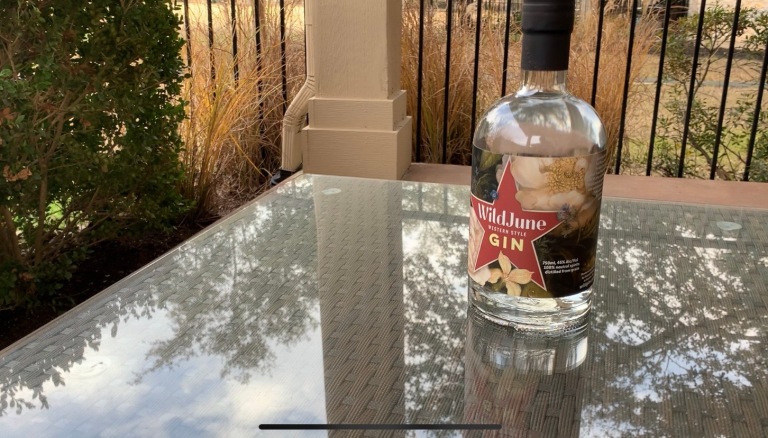University of Texas professor Molly Cummings distills her own gin using juniper trees found in Texas (Courtesy: KXAN)
by: Eric Henrikson
Posted: Updated:
KXAN VIDEO – KXAN Weather and Traffic In-Depth
AUSTIN (KXAN) — If you suffer from “cedar fever” each winter, you may want to reconsider your drink order the next time you head to the bar.
A classic drink is actually made from the plant that causes that dreaded allergic response in Central Texas — gin.
“Gin essentially, is a process where you take a vodka and you make it more interesting,” said University of Texas Biology Professor Molly Cummings. She has an interesting side hustle. “I’m a gin entrepreneur and founder and forger for WildGins Co.,” she said.
Cummings said that gin is made by taking vodka and then adding a bag of botanicals. The main botanical used is juniper.
“If there’s no juniper in that mix of botanicals, it is not a gin,” Cummings said.
Our local juniper ‘makes a horrid gin’
Cedar fever is caused by Ashe juniper, one of several juniper trees in Texas.
“I went around the state of Texas and collected a variety of different juniper species. We have eight which is pretty remarkable,” Cummings said.
When Cummings sent a sample of our local juniper to her master distiller, “he told me you are never allowed to send that juniper to me ever again. It makes a horrid gin.”
Our local allergen can not be used for making gin, but several other Texas junipers could be. When asked what the gin tasted like, Cummings said that her distiller refused to send her any. It was that bad.
“At first I was a little disappointed, but then I became actually quite glad because the best junipers are out in West Texas and I just got to go on an adventure.”
Her gin company makes two gins — Wild June and Wild Bark. Each is made from a different juniper tree out in West Texas. The Alligator juniper from the Davis Mountains and the Red Berry juniper from near Marfa.
Cummings collects juniper berries for her gin. The pollen that causes allergic reactions for many of us isn’t included. Berries can be found on female trees, while the pollen is released by male juniper trees.
To gather her berries, Cummings collects them the old-fashioned way, by foraging. She heads out to private lands in West Texas — it is illegal to forage on public lands — and gathers 25 to 50 pounds of berries each year.
Gin and the weather
It takes two years for juniper berries to ripen so they can be picked and used in gin. This means that the berries used in this year’s gin were from 2020.
What does this mean for weather? Well, a year with a bad drought will impact the crop in two years. Let’s say that this year is a very dry, drought-like year. Then the crop in 2024 is going to be impacted, not this year’s.
It doesn’t take many berries to flavor gin, Cummings said, so she holds on to the extra berries each year. She cures and stores them, so she can have extra berries in a drier year.
“We use all the berries from a single tree for each distillation batch and we name all the trees and put it on our side bottles,” Cummings said.
Can drinking gin cure the allergies?
We’ve done some digging and haven’t found any comprehensive or extensive research into the impacts drinking gin has on people with juniper allergies. If you do suffer from extreme juniper allergies, drinking gin could cause a reaction.
Cummings, who is a biologist and studies fish brains at the University of Texas, notes she is not a botanist or medical doctor, but “when I first moved to Austin, and I’ve been in Austin, 20 years, I suffered from cedar fever horribly. Now, as a scientist, I will tell you, you know, this is not a study, but I don’t suffer from cedar fever anymore. And guess what, I’ve drunk a lot of my gin.”


Recent Comments